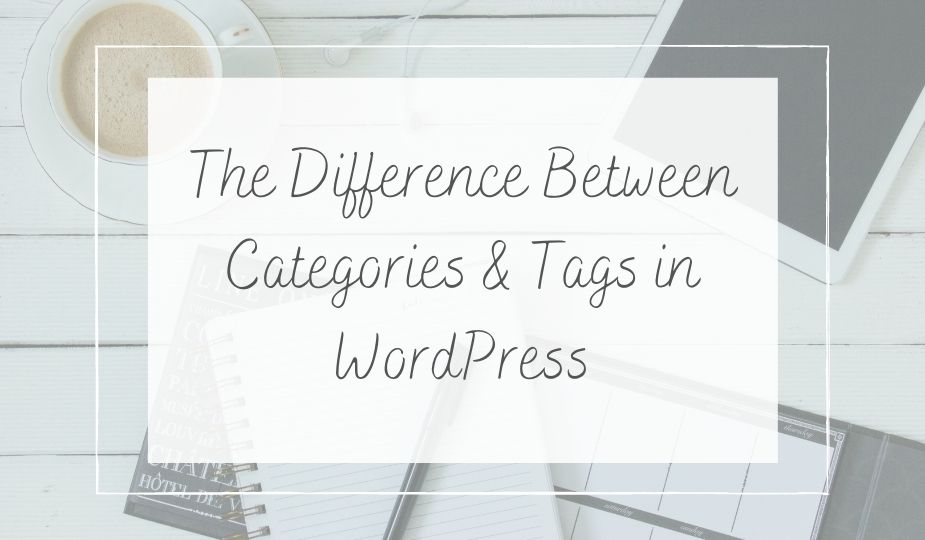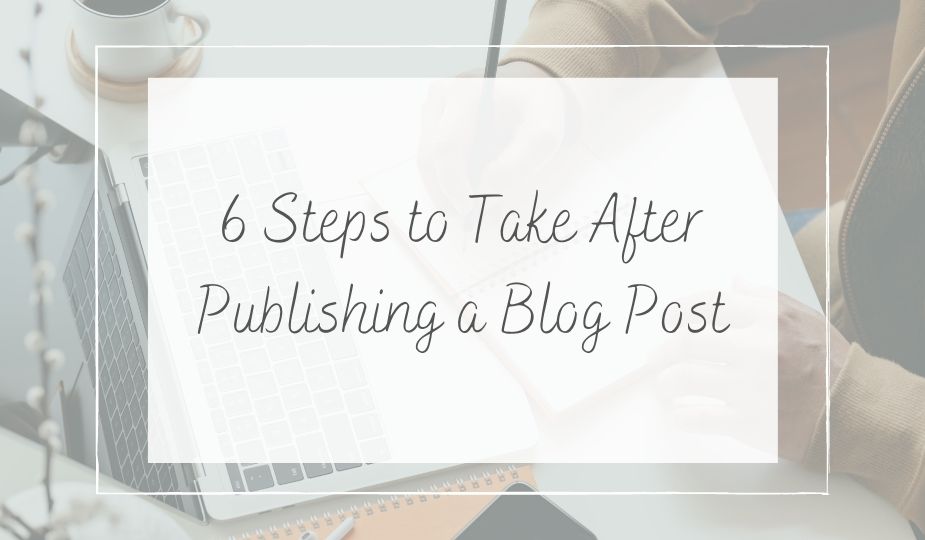Learn the difference between categories and tags in WordPress with these definitions and examples.
Whether you are starting a WordPress blog or have been blogging for a while, categories and tags can be confusing.
While both can be used to organize your site’s content by topic, there are some major differences between categories and tags.
In this article, I’ll cover the difference between categories and tags, an explanation of each, and how to create them.

Related: Blog Posts and Pages: What’s the Difference?
The Difference Between Categories and Tags in WordPress
What are categories?
Categories are used to group the primary topics together & help your readers understand what your site is really about. They are meant to group your blog posts by general topics. They are kind of like the table of contents of your site.
WordPress posts are required to have one category. If a category is not assigned to a post, it will go under “uncategorized”.
Categories are hierarchical, meaning you can have subcategories under each parent category. For example, let’s say your blog’s main topic is Household Tips and Hacks. The main category could be “House and Home” with subcategories such as “cleaning tips”, “organizing tips”, and “home hacks”. This helps organize your site so readers can find what they’re looking for easily.
How to create categories
- In the WordPress dashboard, under Posts, click on Categories.
- Fill in all the information for the new category – name, slug, and a description of the category. Then click “add new category“. This is called a “parent category.”
Let’s use the Household Tips blog as an example.
- Category name: House and Home
- Slug: house-and-home
- Description: Tips and hacks to keep your home clean and organized.
How to create subcategories
To create a subcategory, you are going to do the same thing you did to create a category. Only this time you’re going to choose a “parent category“. (For example, “House and Home”.) Then click “add new category“.
If you have already written a post and want to change the category, simply go to Posts > All Posts and select the post want to change. Choose the correct category and click Save.
Tips on using categories
- Start with a few general categories and create more as your blog grows.
- Be consistent: categories are meant to organize your posts so you don’t want a ton of categories.
- If you are a new blogger, write down the topics you want to cover on your blog, then group like ones together with categories.
- Include a description of the category. While not necessary, they are helpful for your readers to understand what the category is about.
- Capitalize categories names.
What are tags?
Tags are more for describing specific details of your posts. These are more like your site’s index words. They lead readers to similar posts and help visitors find related content easily.
Unlike categories, tags are not automatically assigned nor are they hierarchical. Tags are optional, but they are recommended to help readers find similar content on your blog. When a reader clicks on a tag, the will be taken to the archive page where all the posts with that tag are stored.
How to create tags
- To add tags before writing posts, go to Dashboard > Posts > Tags. Add a new tag name, the slug, and a short description.
- To add new tags while writing new posts, add the tags to the tag section on the right side of your screen. All you have to do here is right in the tags you want to use. Keep in mind you want similar posts to have the same tags.
For example, if you are writing a post for a book review, tags could be something like “fiction”, “mystery”, or whatever fits the post.
Tips on using tags
- Use tags liberally – a tag can just describe one section of the post, not a summary of the entire thing.
- Use the same tags for multiple posts.
- Have fun with them – you can use longer phrases for tags just as long as they link similar posts together.
- Use descriptive tags – Use clear tags that are easy to understand. Think about how search engines will understand them.
- Use lower case letters – not required, but common practice and helps readers determine the difference between categories and tags.
To recap:
The differences between categories and tags are:
- Categories are required, tags are not
- Categories are hierarchical, tags are not
- Categories are used to link main topics together while tags are used to link similar posts together
- Category names should be capitalized, tag names should be lower case

You might like to read these next:
180 Bog Post Ideas for Any Niche
Branding Your Blog: A Step-by-Step Guide
Important Pages Every Blog Should Have





